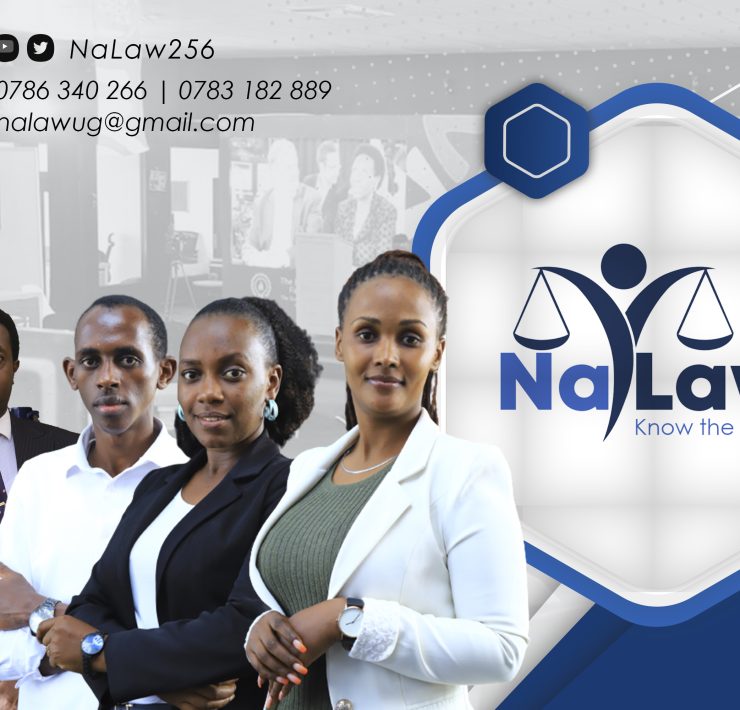Mortgages in Uganda

A mortgage is an agreement between you and a lender that gives the lender the right to take your property if you don’t repay the money you’ve borrowed plus interest
Mortgage” includes any charge or lien over land or any estate or interest in land in Uganda for securing the payment of an existing or future or a contingent debt or other money or money’s worth or the performance of an obligation and includes a second or subsequent mortgage, a third party mortgage, and a sub mortgage
There are two types of mortgages where if one wants to mortgage they must subscribe to one of them for legality.
Registered/ Legal Mortgages: This is a mortgage provided for under Section 2 of the Mortgage Act Cap 239. It takes effect upon registration; it is created by signing a mortgage instrument/mortgage deed in the prescribed form, which is later on registered as an encumbrance on a certificate of title. This type of mortgage is enforceable in court and against any person. Upon the registration of the instrument (mortgage deed), the land becomes liable as security in a manner outlined in the instrument.
Equitable Mortgages: It is defined in Section 1 of Mortgage Act cap 239 to mean a written and witnessed undertaking, the clear intention of which is to charge the mortgagor’s land with the repayment of money or money’s worth obtained from the mortgagee and includes a mortgage on unregistered customary land.
when the holder of registered land deposits any of the following;
- The certificate of title of the land
- A certificate of customary ownership
- A lease agreement
- any other document which may be agreed upon evidencing a right to an interest in land; or
- Any other documents, which may be agreed upon.
The Mortgage Process
The mortgage process in Uganda involves several key steps:
(a) Application: Prospective borrowers must submit a mortgage application to a financial institution, providing details about their financial status, the property to be mortgaged, and the purpose of the loan.
(b) Assessment: The financial institution assesses the borrower’s creditworthiness, including their income, employment status, and credit history. This assessment helps determine the borrower’s ability to repay the loan.
(c) Valuation: The property to be mortgaged is valued by a professional valuer to determine its market value. This valuation helps the lender decide the loan amount that can be granted.
(d) Approval: If the borrower meets the lender’s criteria, the mortgage application is approved, and the terms of the loan are agreed upon. This includes the interest rate, repayment period, and any other conditions.
(e) Registration: The mortgage agreement is registered with the relevant land registry, ensuring that the lender’s interest in the property is legally recognized.
(F)Disbursement: Once the mortgage is registered, the loan amount is disbursed to the borrower, who can then use it to purchase the property or for other approved purposes.
Duties and Rights of Mortgagors and Mortgagees
The Mortgage Act, of 2009, outlines the duties and rights of both mortgagors and mortgagees:
- Duties of Mortgagors (borrower): Mortgagors are required to disclose all relevant information about the property, including whether it is a matrimonial home. They must also ensure that the property is maintained and insured, and they are obligated to repay the loan according to the agreed terms.
- Rights of Mortgagees (lender): Mortgagees have the right to take possession of the property in case of default and to sell the property to recover the loan amount. They are also entitled to receive interest on the loan and to enforce any other conditions specified in the mortgage agreement.
The legal framework provided by the Mortgage Act, of 2009, the Land Act, of 1998, and the Registration of Titles Act, of 1924, ensures that the rights and obligations of both borrowers and lenders are clearly defined and protected.







